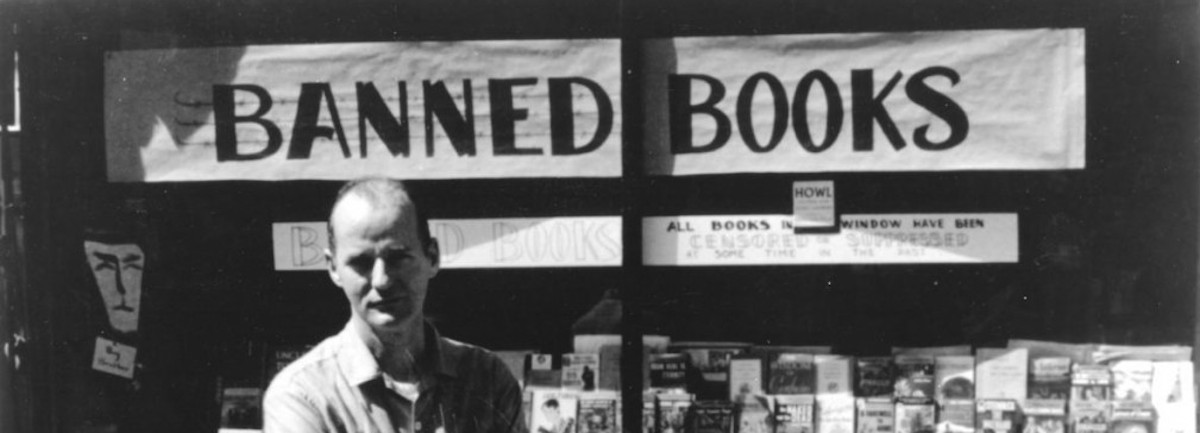Hello all,
For our very last blog post of the semester, I thought we would be able to take the time to do some reflection and see what that looks like in the field of Psychology. For my child development class, I have been working on a toolkit for the Virginia Center for Inclusive Communities, in partnership with the Bonner Center for Civic Engagement. This toolkit will include evidence based-recommendations for teachers to access during their teaching careers in order to achieve what this class has been working to achieve: as much inclusion and support as possible.
In the last couple of Child Development classes, we have carefully read empirical and anecdotal articles about single-sex schooling and the effects, or non-effects, it has on student performance and sense of belonging, to name a couple, as well as how single-sex schooling may not be backed by scientific evidence to conclude that single-sex structure improves student academic achievement.
Along the way, we reviewed how psychologically, mentally, and emotionally challenging it might be for students who do not conform to cisgender, heteronormative identities. The LGBTQIA+ community will tend to feel less of a sense of belonging, and the single-sex structure and heteronormativity may discount and devalue their identities, which is very detrimental to children and young adolescents’ development.
Dr. Hunt discussed how some Republican senators are pushing to pass a bill that bans LGBTQIA+ instruction in the form of literature/texts, videos/documentaries, and such. This is very disheartening for many reasons. Recently, I have thought about teaching in Nashville, where I am closer to an environment of interest and some family. I, myself, also identify as a gay cisgender male. So, to hear about what has been happening in Florida and in Tennessee with the “Don’t Say Gay” bill and the banning of LGBTQIA+-supportive instruction gives a little sense of hopelessness for those with political power and disappointment that our careers are in the hands of white men in power.
Read one or both of the articles below, and let me know what your thoughts are about everything that has been discussed and anything that you want to bring in from the class.
Thank you guys, and I hope you have a wonderful weekend!
Luis

 Hey class!
Hey class!


 It’s 2022 and yet, if you do a quick internet search for book banning, hundreds of articles, interviews, and news stories pop up and they are not just from the past but rather are prominently featured in today’s headlines. Book banning (and book burning sadly), remain current issues. While banning books has been a practice for years (dating back to at least the 15th century), current events have brought it back to the foreground for significant educational and parental discussion. What books are being banned and why? Who decides?
It’s 2022 and yet, if you do a quick internet search for book banning, hundreds of articles, interviews, and news stories pop up and they are not just from the past but rather are prominently featured in today’s headlines. Book banning (and book burning sadly), remain current issues. While banning books has been a practice for years (dating back to at least the 15th century), current events have brought it back to the foreground for significant educational and parental discussion. What books are being banned and why? Who decides?
